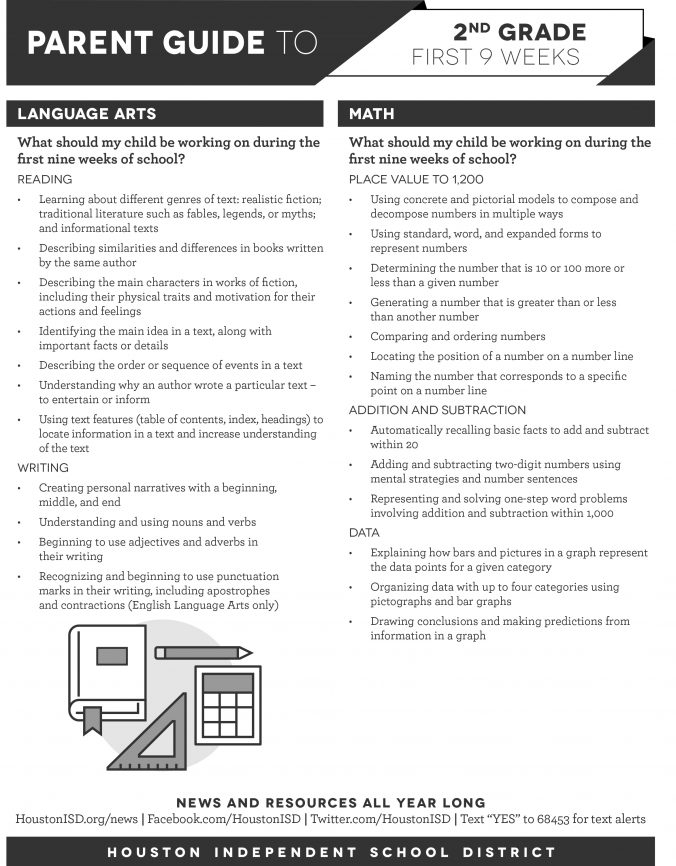

It’s also possible to set up Groups of students and send class-related messages to the group without sharing your other posts.īecause the Twitter norm is public posting, it is possible that your students might see your tweets, unless you use Twitter’s privacy settings to pre-approve all your followers and are careful to not allow students to follow you. On Facebook, for example, teachers can set up Pages or Groups that their students can access without their having to “friend” their students.

It’s generally not a good idea to socialize with your students through social media but there are some teachers who use social media to discuss classroom projects, resources for students or examples of great student work. First, you need to find out if your district has rules or policies and, if so, be sure to comply with them. There is no hard-and-fast rule about interacting with students on social media, but we do have some recommendations.

#It follows 2 parents guide how to#
What’s important is that you consider the settings and think about how to use them before you post. Twitter allows you to create a profile where you can pre-approve everyone who follows you, but the “norm” on Twitter is to not limit who can follow you, while on Facebook the norm is to limit posts to friends or friends of friends though there are some people who opt to post at least some updates to the public – knowing that anyone can see what they post. Others, including Twitter, have universal settings that control all of your posts. Some services, including Facebook, allow you to control the audience for each post. Almost all services have some control over who can see what you post. So, the first thing you should do before using any social media service is to understand its privacy settings and norms. For the most part, learning how to limit the audience of what you post can provide you with a reasonable amount of privacy. But these are extreme cases, such as material that would be embarrassing or get you or others into trouble. For that matter, you might also avoid sending it via email or text since anything that’s digital can be copied and pasted deliberately or by accident. There are ways you can limit who sees what you post but, if you are really worried about something getting into the wrong hands, the safest way to avoid that is to not post it on social media. This guide is designed to provide a framework for thinking about how to best use social media. We’re not saying it’s for everyone, but we are saying that – as with any powerful tools – there are some amazing and positive aspects to it as well as reasons to be careful. One thing we can say for sure is that social media is not something to be afraid of. But having an open mind about what your students are using and recommending not only opens you up to new horizons but shows that you respect your students and care about what is important to them.Īs is often the case, there are not always right or wrong answers to these and other important questions about social media use, but they are issues that you need to think about and, perhaps, discuss with parents, students and colleagues. You might find them useful, or maybe not. Find out what tools they’re using (new ones pop up all the time) and check them out. Often, the best authorities on what is useful are your students themselves. Social media services and apps can also be used as educational tools, but there are important issues to consider including privacy, appropriate content, security and your comfort level with the apps and services. What is appropriate to post? Who should you interact with? Should you “friend,” follow or make your posts accessible to your students? How about parents and colleagues? Are there certain types of posts to avoid? And how can you control who has access to what you post? Appropriate useīut educators also have responsibilities and concerns that could, perhaps, cause them to think twice about how they use social media. As for personal use, well, educators have lives, families, friends and interests just like everyone else so, naturally, many are drawn to social networking as a way to connect to the people they care about.
#It follows 2 parents guide professional#
From a professional standpoint, it can enhance your network of contacts, engage you in important discussions, extend your own learning and even provide a platform for class projects. Many educators are also on social media both for personal and professional use and, for the most part, that’s great. Without a doubt, the vast majority of your students – at least those in middle school or higher – have social media accounts. Among young adults and teens, the numbers are even higher. About three-quarters of online American adults use some form of social media, according to Pew Research.


 0 kommentar(er)
0 kommentar(er)
